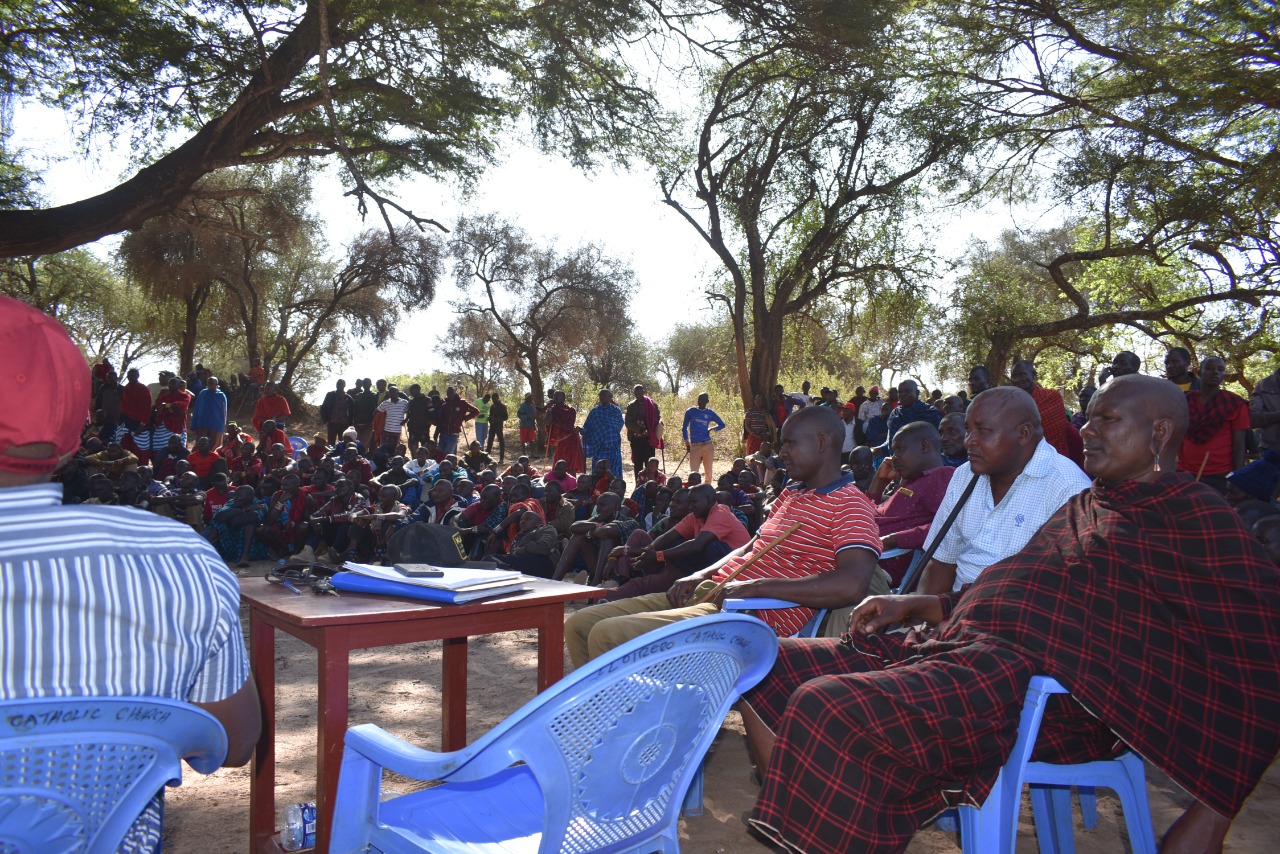 Climate Adaptation Strategies encompass a range of actions designed to manage and reduce the vulnerability of natural and human systems to the impacts of climate change. These strategies are essential for building resilience and ensuring communities, ecosystems, and economies can adapt to the changing climate conditions, minimizing harm while maximizing opportunities for sustainable growth and development.
Climate Adaptation Strategies encompass a range of actions designed to manage and reduce the vulnerability of natural and human systems to the impacts of climate change. These strategies are essential for building resilience and ensuring communities, ecosystems, and economies can adapt to the changing climate conditions, minimizing harm while maximizing opportunities for sustainable growth and development.
Implementing climate adaptation measures involves understanding climate risks, promoting sustainable resource management, and enhancing the capacity of societies to respond to climate-related hazards. Through careful planning and action, we can protect lives, livelihoods, infrastructure, and natural habitats from the adverse effects of climate change, ensuring a more sustainable and resilient future for all.
Tree growing
Tree growing initiatives are pivotal for climate adaptation, focusing on planting trees to sequester carbon, enhance biodiversity, and restore ecosystems. This strategy provides a natural way to combat climate change, offering benefits such as improved air quality, reduced erosion, and increased water retention. By involving communities in tree planting efforts, it also promotes environmental stewardship and sustainable development.
Moreover, tree growing supports economic sustainability by providing resources like timber, fruit, and medicinal plants, while also creating jobs in nursery management, forestry, and conservation. These efforts contribute to a greener, healthier planet, demonstrating the critical role of trees in maintaining ecological balance and supporting life.
Land restoration
Land restoration is an essential strategy in climate adaptation, aimed at revitalizing degraded landscapes to restore their ecological functionality. This process not only helps in combating desertification but also enhances biodiversity, improves water cycles, and increases carbon sequestration, contributing to the mitigation of climate change impacts. By applying a mix of techniques, such as reforestation, controlled grazing, and sustainable agriculture, land restoration seeks to turn degraded areas into productive lands, supporting food security and livelihoods.
Furthermore, successful land restoration can transform vulnerable environments into resilient ecosystems capable of withstanding the challenges posed by climate change. It involves collaborative efforts among governments, communities, and organizations to implement practices that restore soil health, manage water efficiently, and protect natural habitats. Through these concerted efforts, land restoration plays a crucial role in achieving environmental sustainability and ensuring the well-being of future generations.




